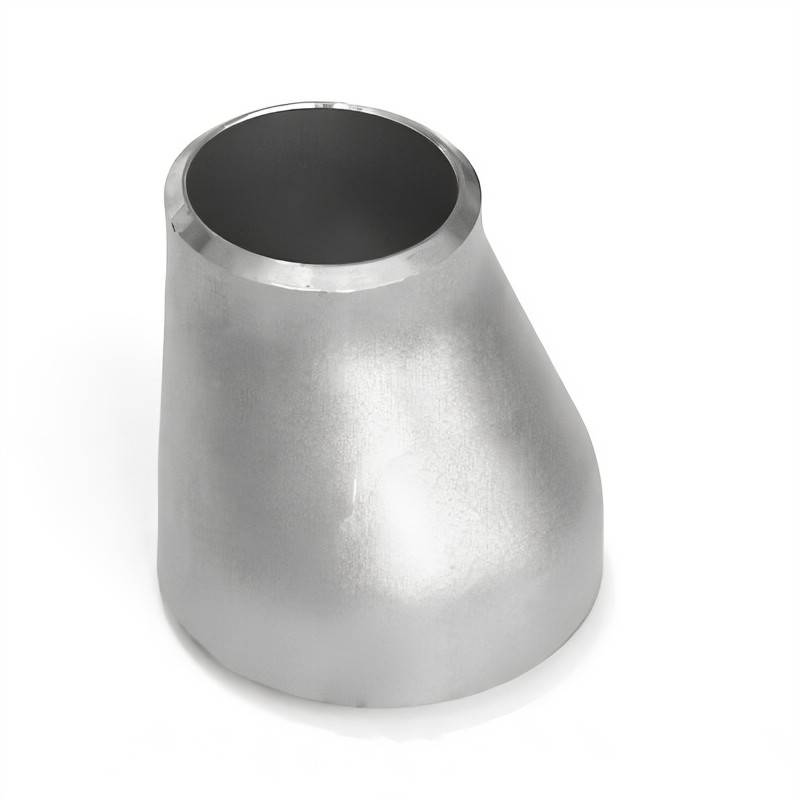-
Cangzhou Yulong Steel Co., Ltd.
-
Phone:
+86 13303177267 -
Email:
admin@ylsteelfittings.com
- English
- Arabic
- Italian
- Spanish
- Portuguese
- German
- kazakh
- Persian
- Greek
- French
- Russian
- Polish
- Thai
- Indonesian
- Vietnamese
- Zulu
- Korean
- Uzbek
- Hindi
- Serbian
- Malay
- Ukrainian
- Gujarati
- Haitian Creole
- hausa
- hawaiian
- Hebrew
- Miao
- Hungarian
- Icelandic
- igbo
- irish
- Japanese
- Javanese
- Kannada
- Khmer
- Rwandese
- Afrikaans
- Albanian
- Amharic
- Armenian
- Azerbaijani
- Basque
- Belarusian
- Bengali
- Bosnian
- Bulgarian
- Catalan
- Cebuano
- China
- China (Taiwan)
- Corsican
- Croatian
- Czech
- Danish
- Esperanto
- Estonian
- Finnish
- Frisian
- Galician
- Georgian
- Kurdish
- Kyrgyz
- Lao
- Latin
- Latvian
- Lithuanian
- Luxembourgish
- Macedonian
- Malgashi
- Malayalam
- Maltese
- Maori
- Marathi
- Mongolian
- Myanmar
- Nepali
- Norwegian
- Norwegian
- Occitan
- Pashto
- Dutch
- Punjabi
- Romanian
- Samoan
- Scottish Gaelic
- Sesotho
- Shona
- Sindhi
- Sinhala
- Slovak
- Slovenian
- Somali
- Sundanese
- Swahili
- Swedish
- Tagalog
- Tajik
- Tamil
- Tatar
- Telugu
- Turkish
- Turkmen
- Urdu
- Uighur
- Welsh
- Bantu
- Yiddish
- Yoruba

Oct . 03, 2024 10:08 Back to list
bending ss tubing
Understanding Bending Stainless Steel Tubing
Bending stainless steel tubing is a crucial process in various industries, from manufacturing to construction. Stainless steel, known for its strength, corrosion resistance, and aesthetic appeal, is a preferred material for tubing applications. The ability to bend stainless steel tubing without compromising its integrity is essential for creating intricate designs and robust structures.
The process of bending stainless steel tubing involves several techniques, with the most common methods being compression bending, rotary draw bending, and mandrel bending. Each technique has its advantages and is chosen based on the specific requirements of the project.
Understanding Bending Stainless Steel Tubing
Rotary Draw Bending, on the other hand, is more advanced and widely used for tighter bends and complex shapes. In this process, the tubing is clamped and rotated around a stationary die. The advantage of rotary draw bending is its ability to maintain the cross-sectional shape of the tubing, which is crucial for applications where flow characteristics are essential, such as in hydraulic lines and exhaust systems. This method also minimizes the risk of kinks and wrinkles that can reduce the strength of the tubing.
bending ss tubing

Mandrel Bending is an even more precise method that utilizes a mandrel or a support rod inside the tube to maintain its shape during the bending process. This technique is particularly useful for achieving tight bends while preserving the diameter and preventing deformation. Mandrel bending is often employed in the aerospace and automotive industries, where the integrity of the tubing is critical.
When choosing the right method for bending stainless steel tubing, several factors must be considered, including the alloy of stainless steel, wall thickness, diameter, and the desired bend radius. Different stainless steel grades have varying levels of malleability and strength, influencing how well they can withstand bending. For instance, 304 stainless steel is often used due to its excellent corrosion resistance and workability, while 316 stainless steel is favored for more demanding environments.
In addition to the technical aspects, the surface finish of the stainless steel tubing is also important. After bending, the tubing may require additional cleaning, polishing, or protective coatings to enhance its appearance and durability. Proper finishing can also prevent corrosion and extend the lifespan of the tubing.
In conclusion, bending stainless steel tubing is a specialized process that requires an understanding of the material properties and the appropriate bending techniques. Whether for industrial applications, automotive parts, or architectural features, mastering the art of bending stainless steel tubing can lead to innovative designs and robust solutions. As industries continue to evolve, the demand for expertly bent stainless steel tubing will undoubtedly grow, making it an essential skill for manufacturers and engineers alike.
Latest news
-
ANSI 150P SS304 SO FLANGE
NewsFeb.14,2025
-
ASTM A333GR6 STEEL PIPE
NewsJan.20,2025
-
ANSI B16.5 WELDING NECK FLANGE
NewsJan.15,2026
-
ANSI B16.5 SLIP-ON FLANGE
NewsApr.19,2024
-
SABS 1123 FLANGE
NewsJan.15,2025
-
DIN86044 PLATE FLANGE
NewsApr.19,2024
-
DIN2527 BLIND FLANGE
NewsApr.12,2024
-
JIS B2311 Butt-Welding Fittings LR/SR 45°/90° /180°Seamless/Weld
NewsApr.23,2024











